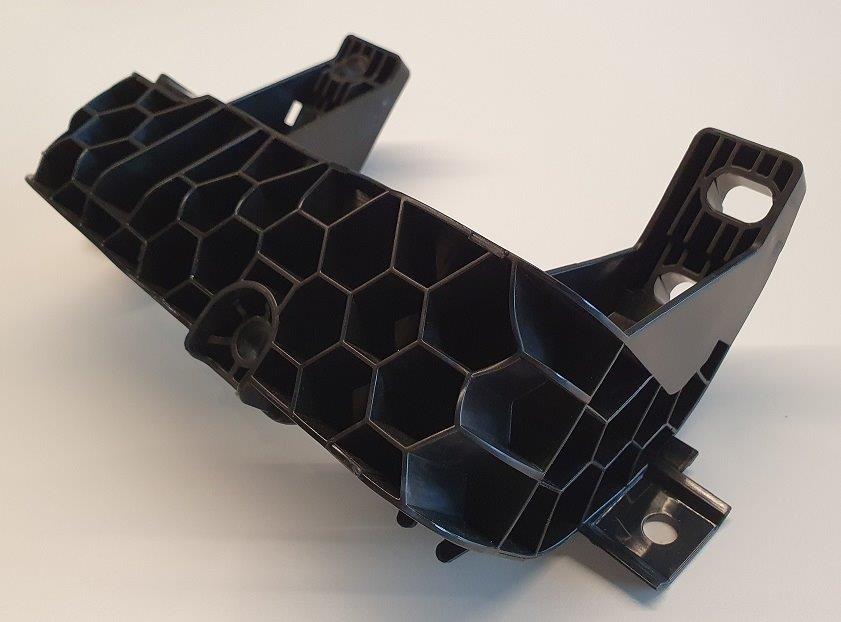Discover our work
EFR
Penne’s Success with the EFR piece for the automotive industry
Case Background
Penne NV was approached by a customer dissatisfied with the production of a highly intricate die for the automotive industry by a competitor. The competitor struggled with numerous challenges, resulting in a lengthy cycle time of 180 seconds. Determined to provide a superior solution, Penne took on the challenge of optimizing the production of the EFR piece.
Key Challenges
The production of the EFR piece posed a distinctive challenge owing to its intricate and delicate design, featuring honeycomb-structured holes. This complexity added a layer of difficulty to the die design process. The competitor’s production cycle of 180 seconds was identified as inefficient, prompting the need for substantial improvement. Penne NV took on the challenge of optimizing this cycle time to enhance overall efficiency. A critical decision arose in selecting the die material, presenting a dilemma between steel and copper. Steel offered strength but with a slower cooling rate, while copper, known for faster cooling, came with the trade-off of reduced sturdiness. Navigating this material strength versus cooling speed dilemma became a pivotal aspect of the production process.
Innovative Solutions
In the plastic injection molding process, Penne implemented a honeycomb structure, contributing to the heightened stability and integrity of the final product.
To tackle the material challenge, Penne chose a Beryllium copper die. This decision not only expedited the cooling process but also reinforced the die strategically by incorporating steel inserts. The synergistic combination of Beryllium copper and steel inserts resulted in a die that not only met cooling requirements but also demonstrated enhanced strength.
Results
Penne’s innovative approach yielded great results.
A remarkable 60-second reduction in production cycle time was achieved, now standing impressively at 120 seconds. Accompanying this improvement, the production rate increased to 4 pieces per cycle. This not only outpaced the competitor’s cycle time but also established a more time-efficient and cost-effective manufacturing process.
The adoption of an intricate copper die facilitated the development of a smaller, yet robust and intricately detailed piece. This design, complemented by strategically placed steel inserts, not only ensured the perfect shape but also added extra strength to compensate for the use of copper instead of steel. The result was a lightweight yet highly durable end product, showcasing the versatility of the chosen die design.
The amalgamation of the honeycomb structure and the strategic incorporation of copper synergistically optimized and streamlined the production process. This enhanced production efficiency, ensuring a seamless and effective workflow throughout the manufacturing cycle.
Conclusion
Penne NV’s in-house equipment and knowledge about relevant materials ensured a great success with the EFR piece and exemplifies the company’s commitment to pushing boundaries and delivering innovative solutions. By addressing the challenges head-on and implementing cutting-edge techniques, Penne not only optimized the production of the EFR piece but also set a new standard for efficiency and excellence in the metal forming and plastic injection industry.

